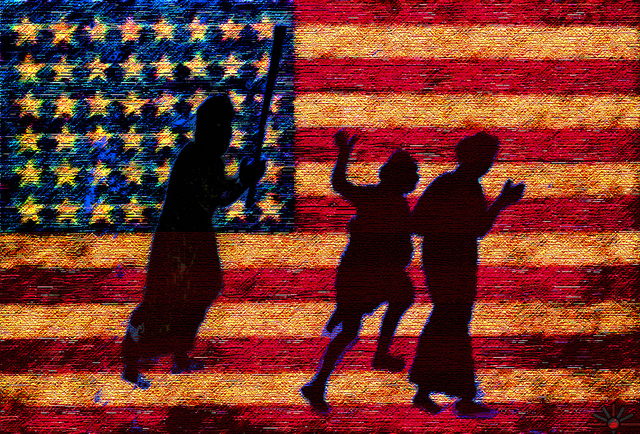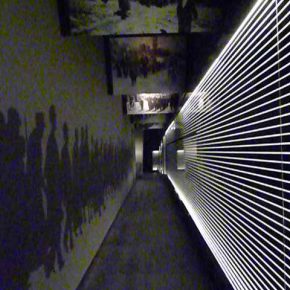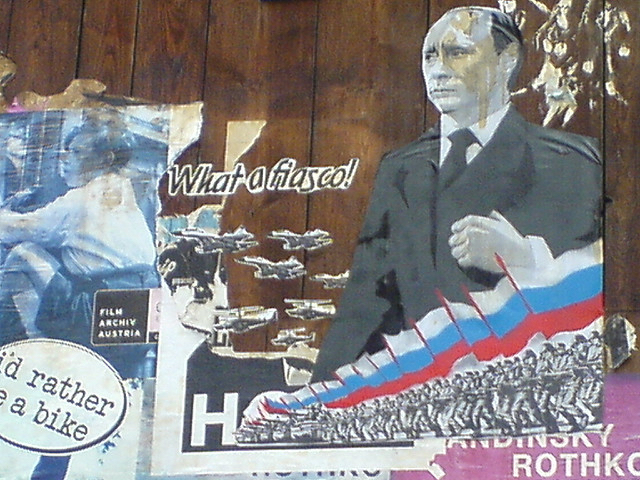Verso has recently published a collection of Lewis Lapham’s essays under the title Age of Folly: America Abandons Its Democracy. If a book more apposite to our current situation has been published in the last 18 months I am unaware of it.
Since the announcement of Donald Trump’s candidacy for president last year, American politics have careened between tragedy and farce to an even greater degree than at normal times (which is truly an accomplishment).
Trump’s election has swung matters decisively in the direction of the former, and for those on the outside of the newly overt white nationalist order in this country, Lapham offers an important element of perspective.
This is not, of course, to suggest that reading Lapham’s jeremiads, published in Harper’s Magazine and Lapham’s Quarterly between 1990 and about six months ago, is likely to make anyone feel better about the situation. Lapham presents his readers a play by play of the decline of American democratic institutions. Lapham’s essays begin at the nexus point between the end of the Reagan Administration and that of Bush the Elder. But his memories of America and its culture go back to the decade of the 1940s, an era of imperfection to be sure, but one a world away from the current era of decadent imperial decline.
Lapham has an unerring sense of what is most important and most ridiculous about American political culture. At points has analysis is eerily prescient, as in a passage from an essay published in 1990 where he writes of the damage done to (and the rot implicit in) American political institutions by the Iran-Contra affair:
It was this series of events – so obviously and complacently corrupt throughout the whole course of the narrative – the proved even more damaging to the American polity than the ruin of the economy. Justified by a timid Congress and excused by a compliant media, the Reagan Administration reduced the Constitution to a sheaf of commercial paper no more or less worthless than a promissory note signed by Donald Trump.
Even at this point it was clear that the democratic institutions of this country, the executive, the legislative, perhaps even the judicial, but certainly the Fourth Estate, were in a dangerous state of decline. That the author of such valueless paper might someday become president, or that in doing so he would outdistance every other politician in the history of the country in ludicrous, obscene buffoonery cannot at that point have troubled his darkest dreams.
Lapham is an unfailing critic of the hypocrisy and venality of American public life. He is a critic of liars, jobbers, placemen, and political operators in the august tradition of writers such as Mark Twain, I. F. Stone, and (some of his less savory prejudices excepted) H. L. Mencken. As such, the essays are a pleasure to read, not only for their analytical precision but also for the beauty of their composition. Lapham is a master of the form, perhaps to a greater degree than anyone now writing in the English language. The pieces contained in this volume with appeal to the attentive reader both in terms of content and craft.

Here, one might profitably draw a comparison with another recently published collection of essays, Against Everything by Mark Greif. Greif’s essays are less immediately political but, like Lapham’s, Greif’s writing evinces breaths of conception and depths of erudition that seem beyond the ken of mere mortals (or at least of this one). But in the case of the latter, it is extremely difficult to avoid the impression that he knows more that you do, and that this wealth of knowledge is being lorded over one in tones alternating between boredom and cynicism that sometimes verge on a sneer. Greif is brighter than you, more cultured, and he knows it.
Lapham also flashes a remarkable degree of scientific and classical learning. But he does so in a way that carries his reader along as an equal in conversation. Lapham expects that one will have spent some time reading and thinking about the history of Western culture (such as it is), and that you are prepared to draw appropriate conclusions. Thus, when he employs the example of the disastrous Athenian attack on Syracuse to illuminate the distortion of American political culture in the lead up to the invasion of Iraq, he does so in a way that assumes one has read a bit of Thucydides, without adopting the tone of the prig or the pedant.
All of which is not to say that there is nothing to which a thinking person might object in this collection. Sometimes Lapham’s comparisons don’t quite come off. At one point he attempts and extensive comparison between the radicals of the 1960s and modern neoliberals that doesn’t quite live up to the hype. Indeed, Lapham has little sympathy for the leftist politics of the 1960s, in either the American or European guise. The classical liberalism of American culture seems, for Lapham to have peaked around 1963. This is the cusp of our involvement in Vietnam, but certainly long after such similarly disreputable (although less lethal) actions as the overthrowing the governments of Guatemala and Iran.
By the late 1960s, the critical wing of American politics had lost its luster and devolved into a (for Lapham) regrettable self-indulgence. The American left of the later 1960s was the province of, “radical debutants wearing miniskirts and ammunition belts, Ivy League professors mounting the steps of the Pentagon, self-absorbed movie actors handing around anarchist manifestos to self-important journalists seated at the tables at Elaine’s.”
Here, and in other places where Lapham’s gaze falls upon the radicalism of the 1960s, his tone becomes that of the professorial grump of the faculty lounge. Yet, Lapham is clear that the failings of this segment of American society are rather less than those at the other end of the political spectrum, busily taking the opportunities afforded to them by wealth and power to sell the institutions of American democracy for pennies on the dollar.
Lapham is capable of remarkably incisive political analysis, to go along with the wealth of bons mots in his essays. Earlier in the piece just quoted, he describes modern political culture in the following terms:
The medium is the message, and because the camera sees but does not think, it substitutes the personal for the impersonal; whether in Hollywood restaurants or Washington committee rooms, the actor takes precedence over the act. What is wanted is a flow of emotion, not a train of thought, a vocabulary of images better suited to the selling of a product than to the expression of an idea. Narrative becomes montage, and as commodities acquire the property of information, the amassment of wealth follows from the naming of things rather than the making of things.
As a back of the envelope account of the politics of the society of the spectacle one could do a lot worse.
The final segment of the book is devoted to pieces with a more positive slant, although it might be difficult for one to notice this without having been informed in advance. It includes a long encomium on the life and work of Mark Twain which provides, among other things, a model of what the author views of the proper role and practice of the critical journalist. More broadly, Lapham has little to offer in terms of positive advice. He is more content to show that perhaps things are not quite so bad as are fears make them, and that there is enough civilization left among people in this country to rebuild some (if not all) if what the decades of decay have cost us.
Much as Lapham’s writing and analysis will (and should) be appealing to readers, it does not contain the sort of long form, systematic analysis demanded by the scholar. Lapham is critical of colonialism and is cognizant of the vicissitudes of race and class. But he is less attuned to questions of gender, and his writing is impressionistically progressive in the way that that of a professional journalist is likely to be. Still, this book is very much worth reading, and merits rereading. Both as a chronicle of political events and as a model of effective writing, Age of Folly is exemplary and very much worth the price admission.
Photographs courtesy of AK Rockefeller and Ville Miettinen Published under a Creative Commons license.





